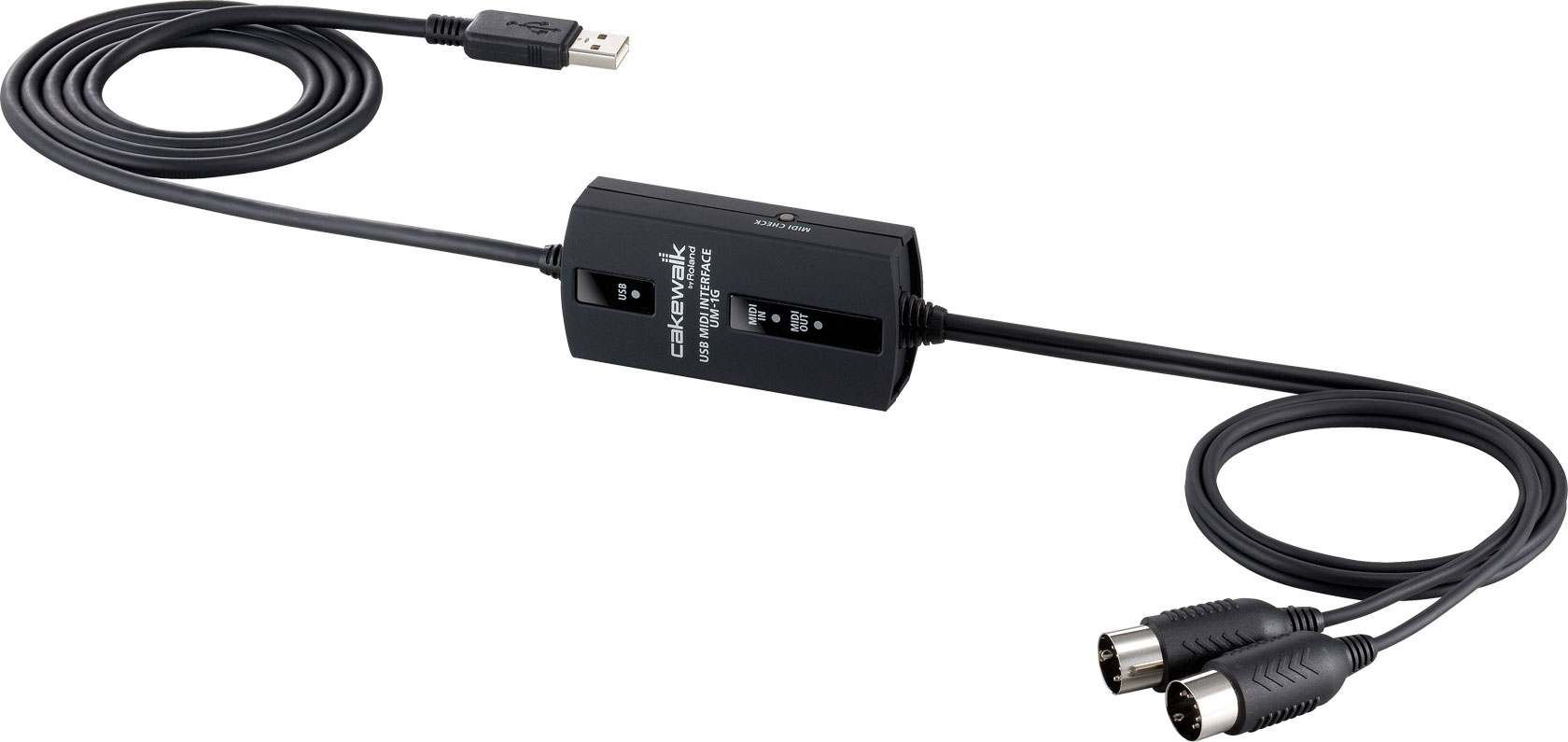

- #G FORCE LOW LATENCY AUDIO DRIVER SERIAL#
- #G FORCE LOW LATENCY AUDIO DRIVER DRIVER#
- #G FORCE LOW LATENCY AUDIO DRIVER WINDOWS#
The size of isochronous packets created by the device must be within the limits specified in FMT-2.0 section 2.3.1.1.
#G FORCE LOW LATENCY AUDIO DRIVER DRIVER#
The driver handles the Adaptive IN stream in the same way as an Asynchronous IN stream. If such an endpoint is present in the alternate setting, it will be ignored. There is currently limited support for devices using a shared clock for multiple endpoints.įor the Adaptive IN case the driver does not support a feedforward endpoint. The driver does not support implicit feedback. A feedback endpoint must be implemented in the respective alternate setting of the AS interface. The driver supports the following endpoint synchronization types (USB-2 5.12.4.1):įor the asynchronous OUT case the driver supports explicit feedback only. If a device implements multiple clock source entities and a clock selector, then the driver will use the clock source that is selected by default and will not modify the clock selector’s position.Ī Processing Unit (ADC-2 3.13.9) with more than one input pin is not supported.Īn Extension Unit (ADC-2 3.13.10) with more than one input pin is not supported.Ĭyclic paths in the topology are not allowed.

The driver supports one single clock source only. The clock path may optionally include Clock Multiplier and Clock Selector units and must end in a Clock Source Entity. The driver supports all entity types defined in ADC-2 3.13.Įach Terminal Entity must have a valid clock connection in compatible USB Audio 2.0 hardware.

This section describes the features of the USB Audio 2.0 driver. An alternate setting which specifies another format defined in FMT-2, or an unknown format, will be ignored. The driver supports the formats listed below. The USB-IF is a special interest group that maintains the Official USB Specification, test specifications and tools.
#G FORCE LOW LATENCY AUDIO DRIVER SERIAL#
USB-2 refers to the Universal Serial Bus Specification, Revision 2.0.The following USB specifications define USB Audio and are referenced in this topic.
#G FORCE LOW LATENCY AUDIO DRIVER WINDOWS#
Usbaudio2.sys fits within the wider architecture of Windows USB Audio as shown. However, if a third-party driver exists on the system or Windows Update, that driver will be installed and override the class driver. The driver is automatically enabled when a compatible device is attached to the system. This name will be overwritten with a USB Product string, if it is available. The driver will identify in device manager as "USB Audio Class 2 Device". The driver is named: usbaudio2.sys and the associated inf file is usbaudio2.inf. For more information about the USB Audio 2.0 device class, see. The driver is a WaveRT audio port class miniport. It is designed to support the USB Audio 2.0 device class. Starting with Windows 10, release 1703, a USB Audio 2.0 driver is shipped with Windows.


 0 kommentar(er)
0 kommentar(er)
